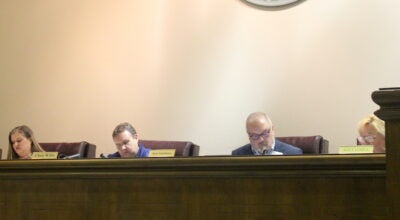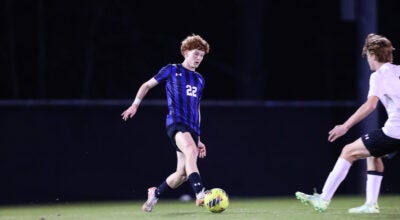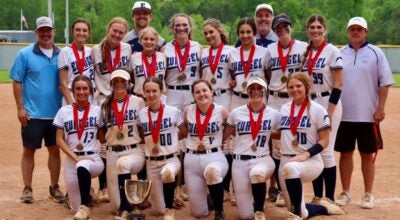Summer school switches focus
Published 5:17 pm Wednesday, June 17, 2009
When two students fail a sophomore English class, one might lack grammar skills while the other gets lost in lectures about folklore.
This summer, when those students entered summer school, English class took on a new feel.
“If a kid is unsure in a certain environment you don’t want to put them back in the same environment,” said High School Coordinator Larry Hendrick. “So, now they have a computer to tutor them and a teacher to answer further questions. For most kids it’s going to make a tremendous difference.”
Students will also likely spend less of their summer in a desk.
The state department of education approved the First Choice program earlier this year, which allows credit recovery without a lengthy summer school process.
Emily Freeland is the high school program area specialist for Shelby County Schools.
She said students now take diagnostic tests to determine specific areas within a course they may not have grasped. The students then focus on those pieces alone. They do not have to retake the entire course.
“Its really looking at a more individualized students and working on what meets their needs,” Freeland said.
Teachers monitor each student’s progress daily.
The typical program last about four weeks. Students can complete the course more quickly if they achieve the necessary score of 80 on the final test.
Student Ronny Lee Horton, 16, said he prefers this setting.
“I like to look stuff up on the computer and I can use the study guides and practice problems to figure things out when I don’t get something,” Horton said.
Celia Anderson teaches English 9-12.
She said the new system allows her to focus on students who require the most assistance.
“They respond very well to the graphics and the visual nature of the software,” Anderson said. “Some students can finish the work in two weeks. That allows me to spend more time with the others.”
Administrators also piloted a credit recovery program during the second semester of school.
“This program catches them up more quickly,” Freeland said. “The sooner you catch a kid who is failing the sooner they can move along.”
Hendrick said the only hang-up he currently sees is math. Some students, he said, continue to struggle with concepts despite having the computer-aided instruction.
He said some courses like math may continue to take additional instruction time.
About 450 high school students are attending summer school this year. Approximately 100 middle school students also attend.
While students and teachers save time, parents save money with the new setup. Hendrick said summer school used to cost $450. Now, the program runs $250. The lower cost is reflective of the shorter length of the program.









